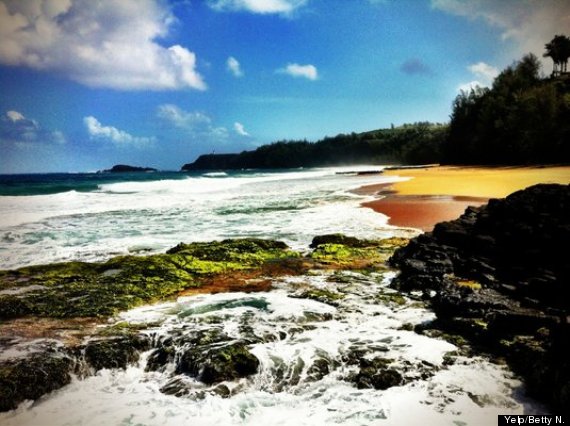TORONTO - Extreme cold in the Toronto area, where temperatures plunged to about -40 C overnight with the wind chill, caused a rash of delays and flight cancellations Tuesday at Pearson International Airport.
The airport put a so-called ground freeze on all North American arrivals through the morning, but it was lifted at 10 a.m. More than 600 flights were cancelled throughout the day and many more were delayed.
The freeze was put in place because of the extreme cold's impact on equipment and efforts to minimize time outdoors for employees, said Greater Toronto Airports Authority spokeswoman Shereen Daghstani.
"It was the extreme weather conditions that impacted safe operations and employee safety," she said. "When it comes to refuelling or removing the bags, those need to be done by employees."
The problems were reportedly compounded by a backlog of planes waiting for gates to open to offload passengers, travellers waiting hours to collect their luggage and long lineups snaking through the Pearson terminals.
Robert Palmer, spokesman for WestJet, said the company's planes couldn't take off Monday night, creating a bottleneck at the gates.
"As soon as a gate became available, we would push a plane to that gate, we would let the people off. We did not take their baggage off because that would've taken extra time and meanwhile there was a lineup of people in planes waiting to get off the plane," he said.
Palmer said he suspects many other airlines faced the same hurdles and handled them the same way.
Jeff Cooper faced multiple rounds of delays getting home from Barbados. He spent hours waiting for his delayed flight to take off from Miami, Fla., where he was on a layover, then faced even worse delays once his flight got to Pearson.
Cooper landed at about 11 p.m. Monday and his plane had to wait on the tarmac for about four hours. He finally disembarked around 3 a.m., but didn't get his luggage until more than seven hours after that.
Though clearly due to an "act of God," the experience was "frustrating for everyone," said Cooper, who often travels for work.
"Canadians are pretty cool about everything and they're very patient," he said. "It was more just frustration."
But not everyone took the delays in stride.
Peel regional police said five extra officers were called to the airport around 5:25 a.m. to deal with a group of about 300 people at a luggage carousel in Terminal 3.
"(They) were getting very frustrated and irate, because there was a ground freeze and they weren't getting their baggage," said Const. Lilly Fitzpatrick.
Police "helped calm people down, they answered questions, they tried to get the information that the people needed as to when they were going to be getting their baggage," Fitzpatrick said.
Airlines were urging passengers to check their flight status before heading to the airport because of the many cancellations and delays.
Some would-be travellers at the WestJet service counters reported waiting for assistance for more than two hours, and many were calling customer service on their cellphones as they stood in line.
Others slumped in corners, trying to pass the time on their laptops and phones, while young children slept in their parents' laps.
Daniel Puhl, 21, was scheduled to fly back to Fort McMurray, Alta., late Monday night, but his flight was delayed and eventually cancelled due to the weather.
He managed to book a new flight for 11:15 a.m. Tuesday, but sitting quietly on the airport floor hours before his planned departure, he said he wasn't too hopeful about his chances of taking off on time.
"I try to keep calm, I know it's nothing I can control and nothing they can control themselves, but you don't get paid for a day of (missed) work," he said.
Puhl, who travels between Alberta and his hometown of Fort Erie, Ont., every few weeks, said this is the worst delay he's faced.
"I've never had this happen to me before, ever, and I hope this will be one of the last times," he said.
Connie Smith said she'd dealt with several weather-related delays and missed connections on her journey from Edmonton back to her home in Newfoundland.
She and her husband were stranded overnight in Toronto after their connecting flight was cancelled. Since then, she said, it's been one lengthy lineup after another.
"This is horrible, just the waiting and the lineups. It should be more organized," she said as her husband stood in line at a service counter.
"A lot of people are saying they'll never fly WestJet again," she added.
The weather also wreaked havoc on the roads, with Ontario police shutting down some 200 kilometres of Highway 400 between the province's cottage country and Sudbury due to icy whiteouts and treacherous conditions Tuesday afternoon.
Ferry service between Toronto Island and the city's mainland was also halted, though it wasn't immediately clear if the cold was to blame.
South of the border, the big chill that started in the Midwest over the weekend had covered about half of the country by Tuesday. Forecasters said the Midwest and the East were colder than much of Antarctica.
_ With files from Allison Jones.

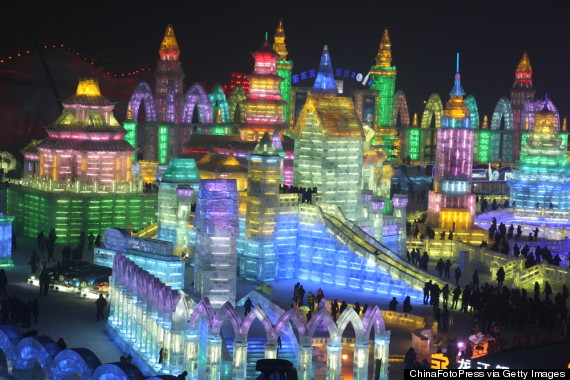
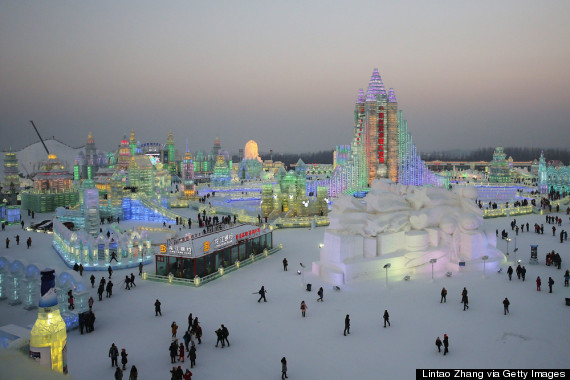
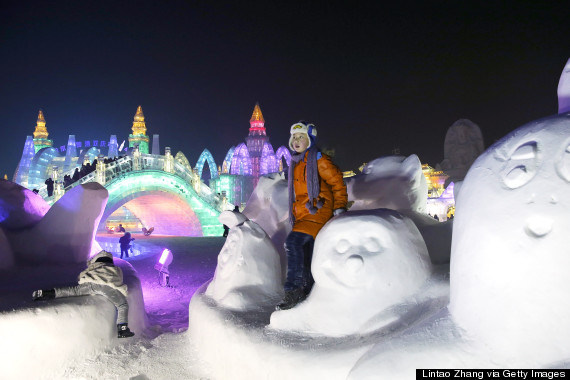
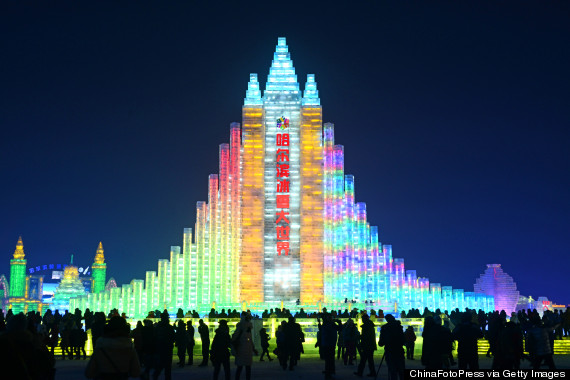
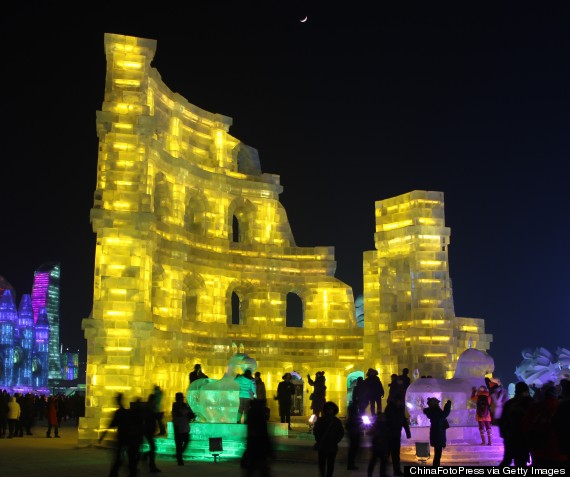
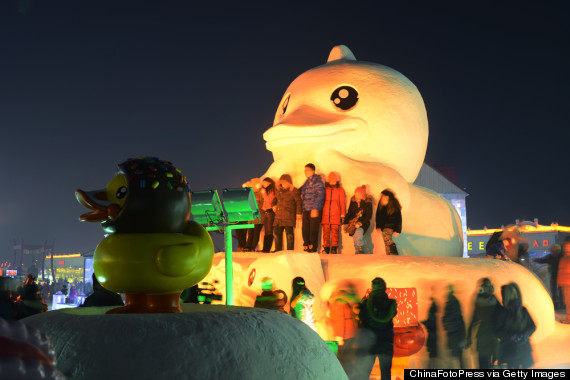
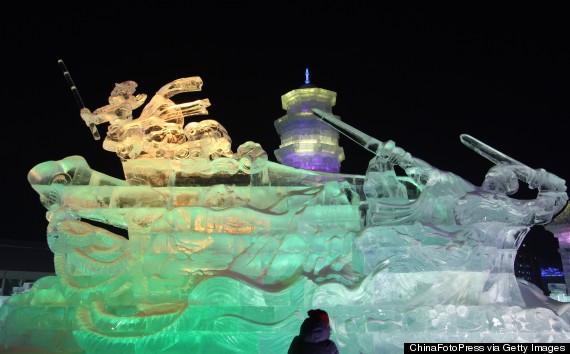
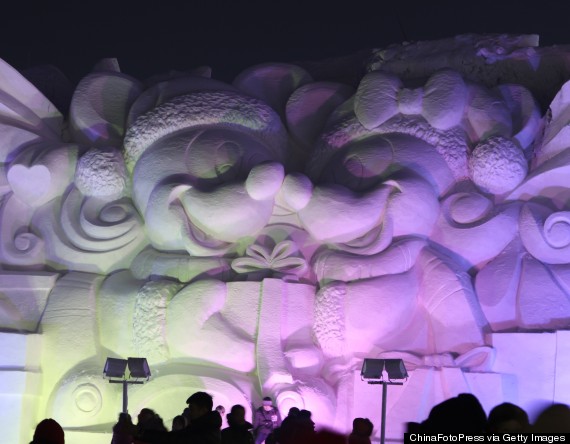
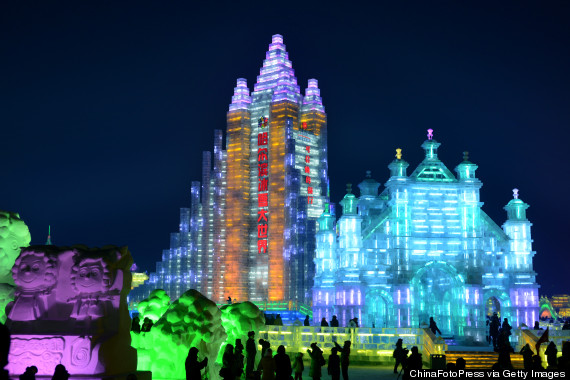
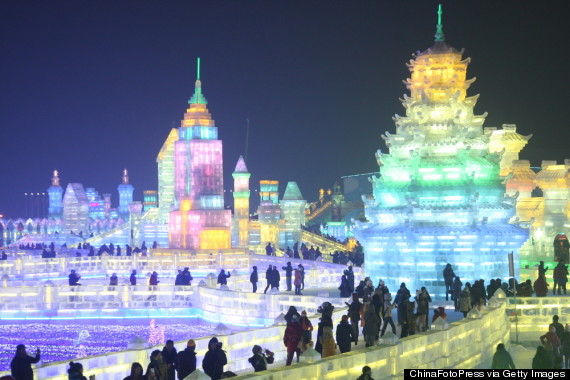
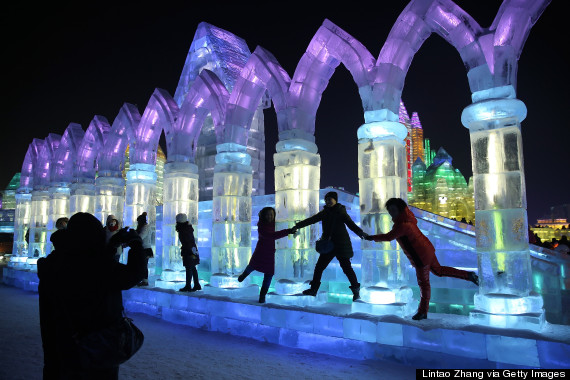



























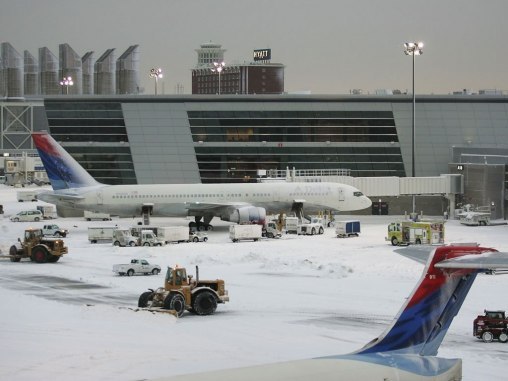





















 Beds and a roof? deal.
Beds and a roof? deal.

















